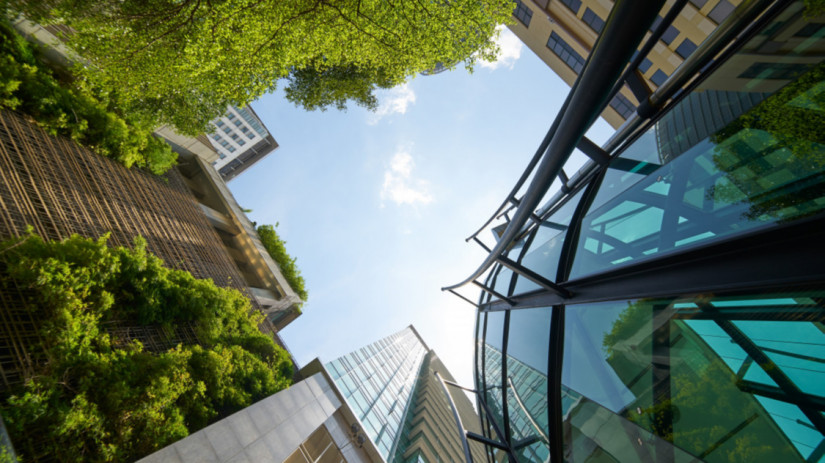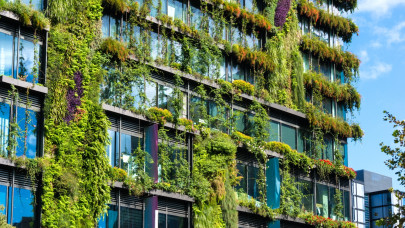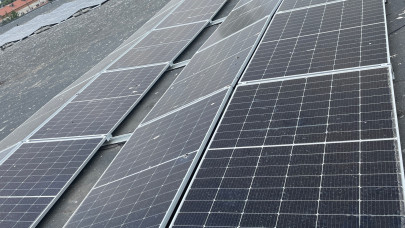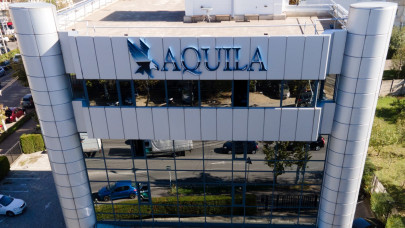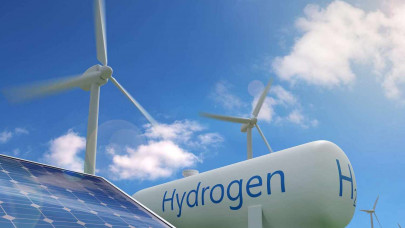According to CBRE's analysis, around 70% of respondents focused their attention on ESG in 2022, driven by external factors such as the government's mandate for ESG strategy transparency, but also due to higher energy prices (55%). At the same time, the company's internal policy, values, and ethics represented the top priorities for all respondents.
Concurrently, the ESG characteristics of buildings have a direct impact on real estate transactions. Reducing energy consumption weighed the most in occupants' investment and transaction decisions (88%). Also, more than half of respondents would seek a discount or reject an offer altogether if a building did not have these features.
The data analyzed by CBRE revealed a much greater emphasis on the social side from the side of the companies. Thus, in real estate decisions, proximity to public transport is important for 86% of respondents. At the same time, 52% said they would reject a building that is in the middle of a controversy.
The main challenges to implementing ESG goals are the availability or poor quality of data (53%), costs exceeding benefits, making it difficult to justify action (39%), and unknown or uncertain benefits (36%).
"In CEE, buildings represent more than 40% of regional electricity consumption and produce more than 36% of carbon emissions. Of the life cycle cost of a commercial building, 40% is represented by energy costs. These figures demonstrate the urgency of action in sustainability at the regional level. The ESG strategy is no longer an option, it has become a necessity, given that it has a direct impact on reducing business costs. We need to look first at changes that can be implemented today, but at the same time, we need to look ahead already at measures that fundamentally change the way buildings operate: reviewing all building operations, implementing the energy monitoring system, implementing and integrating sensors in BMS, implementing and integrating of CO2 sensors to manage airflow, alternative energy, retrofitting, or connecting the portfolio to an ESG data platform. CBRE monitors in its own platform indicators such as excessive energy consumption in more than 10,000 buildings and can generate detailed efficiency consulting based on this essential data", said Luiza Moraru, Head of Property Management CEE & EMEA Client Management, CBRE.
Investors and tenants in Romania appear to have higher expectations regarding the environmental characteristics of the building than their counterparts in other countries, according to CBRE's survey of 20 building owners in Romania.
„Romania aligns itself with European trends when it comes to sustainability. The survey results showed that Central Europe leads the way in setting net zero goals, with companies in the EC and the UK committing to net zero earlier than respondents in other regions. When it comes to Romania, we can even say that the expectations of building owners are more demanding, and they attach even greater importance to ESG standards. In addition, ESG is becoming an increasing pressure on the performance of buildings, especially for leasing companies", said Daniela Gavril, Head of Research at CBRE.
The results of the ESG analysis carried out by CBRE showed that 99% of Romanian respondents consider features that reduce energy consumption to be a priority. At the same time, certification for green buildings ranks second in the opinion of Romanian owners, with a percentage of 89%. Among the key environmental features for building owners is smart technology, which adjusts building operations to reduce environmental impact (88%). The generation of renewable energy and the existence of a charging point for electric vehicles are also at the top of the priority criteria for property owners.
As the ESG component becomes a priority, commercial real estate (CRE) companies are beginning to improve and capitalize on their ESG performance to generate value and remain competitive.
Maintaining an open dialogue remains crucial to minimize the risk of some buildings becoming obsolete and undesirable for occupants, according to the survey.

